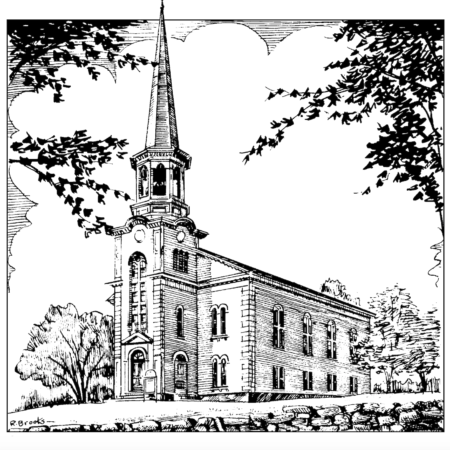The New Holy Place
John 2: 13–22
13The Passover of the Jews was near, and Jesus went up to Jerusalem. 14In the temple he found people selling cattle, sheep, and doves, and the money changers seated at their tables. 15Making a whip of cords, he drove all of them out of the temple, both the sheep and the cattle. He also poured out the coins of the money changers and overturned their tables. 16He told those who were selling the doves, “Take these things out of here! Stop making my Father’s house a marketplace!” 17His disciples remembered that it was written, “Zeal for your house will consume me.” 18The Jews then said to him, “What sign can you show us for doing this?” 19Jesus answered them, “Destroy this temple, and in three days I will raise it up.” 20The Jews then said, “This temple has been under construction for forty-six years, and will you raise it up in three days?” 21But he was speaking of the temple of his body. 22After he was raised from the dead, his disciples remembered that he had said this; and they believed the scripture and the word that Jesus had spoken.
Historical Context
The temple was the meeting place between the God of Israel and God’s people. Sacrifices were offered during religious festivals and at special times in people’s lives, such as in honor of a birth or in thanksgiving for a harvest. The temple was a holy place. It was a place where human life and divine blessing met.
Theme: The New Holy Place
In John’s Gospel, the body of Jesus is the new “holy place.” The gospel of John makes this claim, that a human body — unique but also a lot like your body or mine — is the holy place of God. Jesus was not just “wearing” a human body like a set of clothes. He was a human body, as inseparable from his body as you are from yours. And God was inseparable from him.
During the season of Lent, we follow the body of Jesus as he travels to Jerusalem, as his hands braid pieces of rope into a whip to herd cattle and sheep out of the temple, as his knees bend to the feet of the disciples to wash them. We watch him eat and drink with his friends, and we follow him to the garden, where the bodies of his disciples unsuccessfully fight off sleep while Jesus sweats through a prayer that he might not have to endure the torture in his immediate future. We see him beaten, crucified, taken down from the cross, and laid in a tomb. And in the stories of his resurrection, he is still a body — huggable, touchable, scarred, and eating.
In all these events, the body of Jesus is the location of God, and the point of connection between divine and human life. From John’s perspective, little (if any) of this was clear, even to the disciples, at the start of Jesus’ ministry; hence the need to offer the word twice in this text that “his disciples remembered…” They needed time and more experience with Jesus to understand. At the beginning of Jesus’ ministry, it was not clear that Jesus was both the eternal Word and human flesh.


0 Comments